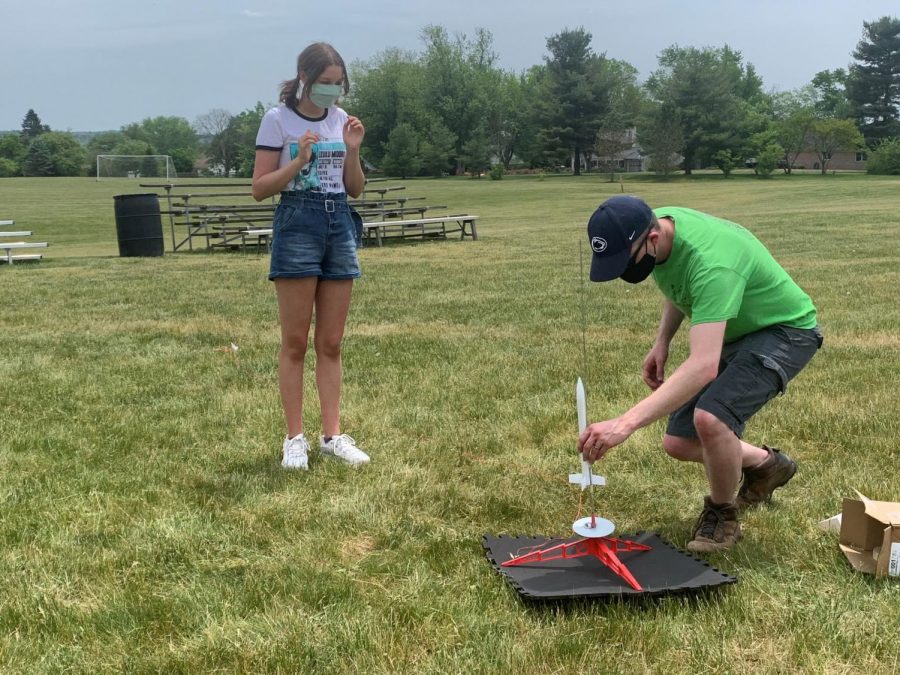Missions to Mars, moon advance space exploration
To continue exploring the solar system, The National Aeronautics and Space Administration (NASA) has landed the Perseverance rover on Mars and is planning a return to the moon. These missions are the next step in furthering space travel.
By developing new technology and designing future missions, NASA plans to advance space travel in the decade with missions like the Perseverance rover and the Artemis Program to return to the moon.
NASA successfully landed the Perseverance rover on Mars in February of 2021.
“[Perseverance is] a really amazing step towards space exploration in general, but specifically space exploration on Mars,” Astronomy Club president James Bleazard said. “They’ve fully automated a rover landing with more sensitive technology than ever before and the most precise landing distance ever. This is a humongous step to even getting people to Mars.”
The overarching goal of the mission is to search for evidence of life on Mars and analyse the composition of the planet.
“My understanding is that the [Perseverance] rover is investigating the possibility of life having been there,” Assistant Professor of Physics and Astronomy Kelli Corrado said. “[The scientists] are looking for fossilized microbial-type lifeforms in the soil of Mars.”
According to astronomy club advisor Patrick Murphy, he would not be surprised if the rover found evidence of life on Mars.
“If a mission like that found evidence of life on Mars that would be one of the or if not the most significant finding of our lifetime,” Murphy said.
Junior Emma Derstine also believes that life outside of Earth would not be an “entirely foreign” idea.
“The possibility of life outside of Earth in-of-itself is an Earth shattering idea, it’s not entirely impossible though we’ve found life in very strange places on Earth,” Derstine said.
Another component of the Perseverance mission included the Ingenuity helicopter, which was the first unmanned flight on another planet.
A future mission to advance space exploration is the Artemis Program. The purpose of the program is to return to and establish a base on the moon.
The mission will operate in three stages: the first stage will be an orbiter, the second will send supplies for astronauts, and the third stage will bring humans back to the moon.
“[NASA is] returning to the moon with more of an eye on it as a stepping stone to further deep space missions,” Murphy said.
According to The Atlantic, some scientists view the moon as a way to practice living outside of Earth before sending astronauts on the 205 million mile journey to Mars.
Corrado hopes to see missions further into the solar system in the future, specifically to the moons of Jupiter, which have oceans similar to Earth’s.
“I’m hoping that I’ll see some submersibles for some of the frozen moons around Jupiter to see if there’s any lifeforms in the subterranean oceans there,” Corrado said.
For science teacher Kristi Grandy, she hopes to see humans travel to inhabit other worlds in the solar system.
“I think the idea of becoming an interplanetary traveling species would be really intriguing. We’re heading in that direction. The initiative right now is heading back to the moon,” Grandy said.





